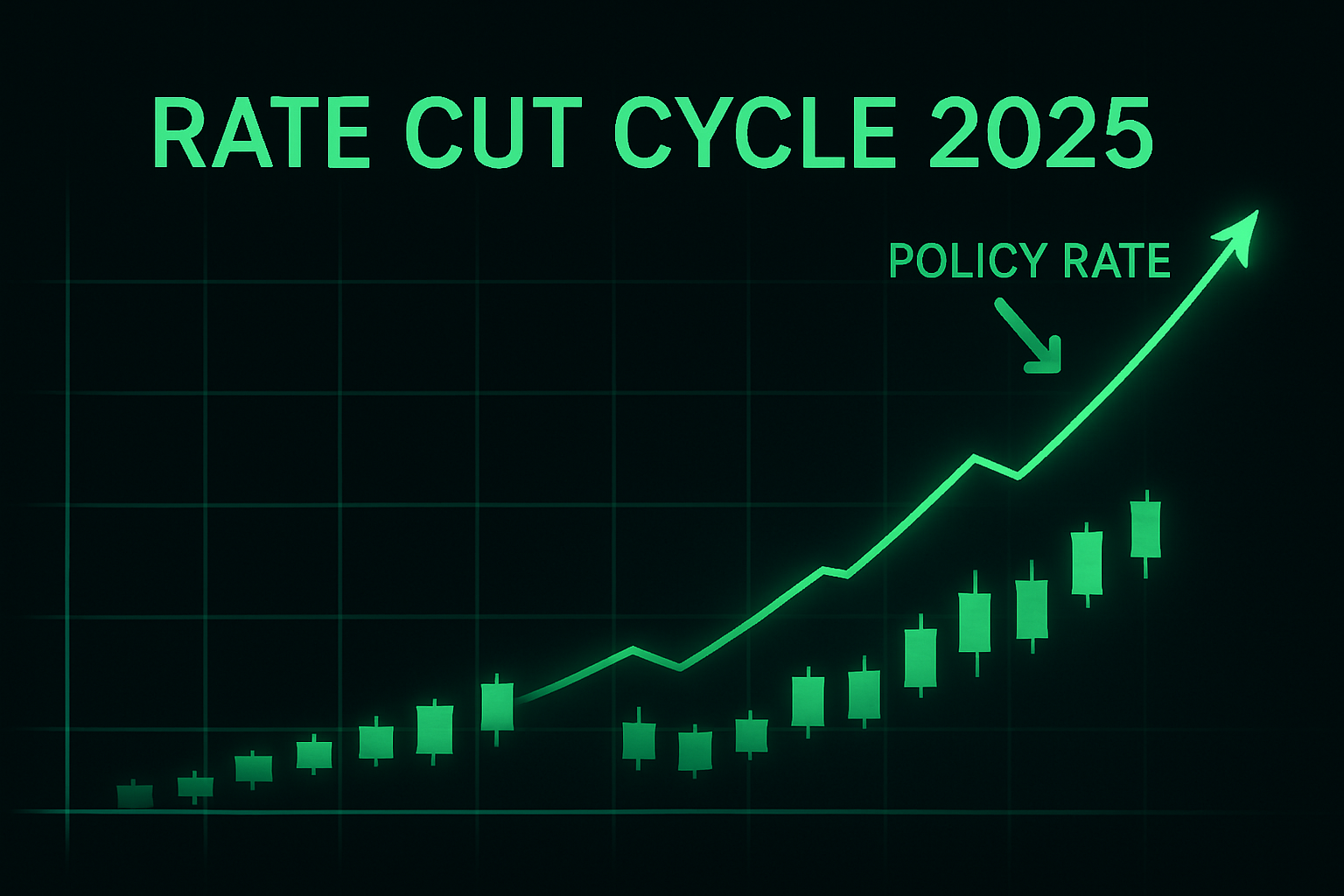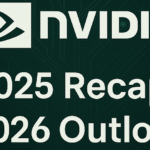Why Smart Money Is Getting Quiet Again
Markets have marched higher, headlines are bullish, and retail investors seem to be leaning in without hesitation. Yet behind the roar of optimism there’s a curious hush: the kind of quiet you hear when professionals stop narrating their every move. If you listen carefully, that hush may be the most important signal today.
On the surface, everything looks familiar: growth stocks leading, AI narratives alive and well, crypto flickering back into view. But under the veneer, the so-called “smart money” — large institutions, hedge funds, pensions — looks less enthusiastic than the social feeds suggest. Positioning is more cautious, hedges pop up quietly, and conviction feels thinner than the price action implies.
The Quiet Between the Lines
When institutions speak, markets listen. Lately, they’ve been saying less — and acting more defensively. Recent fund-manager surveys reveal a striking split: most respondents admit stocks look expensive, yet many remain heavily invested, especially in tech. It’s classic late-cycle behaviour — the tension between conviction and caution. As one summary put it, managers are “nervously bullish,” holding positions they no longer truly believe in. The contradiction tells its own story: confidence hasn’t disappeared, it’s just quieter.
Zooming out, concern about stretch isn’t just a portfolio manager’s quirk. The IMF recently warned that U.S. equities look vulnerable to a “sudden, sharp correction,” especially given today’s concentration and shadow-bank linkages — a reminder that fragility often hides in good times. Read the summary
here.
Why the Caution?
Macro latency: Growth is slowing at the margins, inflation is sticky, and central banks are near the end of their cycles. That’s a cocktail that compresses forward return expectations without necessarily breaking the tape right away.
Valuations and concentration: Many leaders trade at rich multiples, and index concentration amplifies single-story risk. Even bullish sell-side shifts (e.g., upgrades on equities given AI tailwinds) come with a chorus of valuation caveats. See, for instance, the latest optimism on global equities alongside bubble worries in AI-linked assets covered
by Reuters and noted in the surveys above.
Institutional psychology: Big pools of capital know two things: markets can stay euphoric longer than logic expects; and silence can be strategy. When everyone else starts talking louder, stepping back can be the smarter move.
Retail vs. Institutional Behaviour
Retail activity thrives on clean stories — “this time it’s different,” “AI will reprice everything,” “the next leg is just around the corner.” Institutions live in maybes. They’re asking: What if growth disappoints? What if margins compress? What if geopolitics intrudes at the wrong time? Their answer so far: hedge a little, wait a little, observe a lot.
That behavioural gap matters. For a refresher on how emotions shape decisions at the peak and trough of cycles, revisit our piece
Investing Psychology: How Emotions Drive Markets. The short version: the louder the narrative, the easier it is to confuse certainty with confidence.
What Quiet Positioning Looks Like
- Underweight or flat exposures: Less risk where multiples are hottest; more selectivity elsewhere.
- Rotation over conviction: Subtle shifts (e.g., from crowded mega-caps to smaller, cheaper pockets) rather than bold new bets.
- Quiet hedging: Options or futures overlays to soften left-tail risk without an outright exit.
- Liquidity awareness: Preference for instruments that can be trimmed quickly if the tape turns.
Signals to Watch This Quarter
- Survey internals: If “overvalued” readings stay elevated while equity overweights persist, the tension is unresolved. Watch whether tech overweight cools from recent highs (see the
Sept Trustnet breakdown). - Market breadth: Narrow leadership plus rising indices is a classic late-stage tell. Improving breadth would undercut the cautious read; further narrowing would reinforce it.
- Volatility term structure: Quiet surface vol with bid back-month protection is a “walking carefully” footprint.
- Earnings quality: Watch revisions and guidance more than beats. Multiples are fragile when guidance gets softer.
How Should Investors Respond?
Flexibility over bravado. If large institutions are keeping powder dry, consider your own optionality. Stagger entries, avoid all-in bets, and be intentional about position sizing.
Process, not prophecy. Decide in advance what would make you add, cut, or hedge — and stick to it. Noise is not a strategy.
Mind the narrative tax. The more crowded the story, the less you should pay for it. Great companies can be poor investments at the wrong price.
Final Thoughts
The past decade has trained investors to expect smooth upside and quick policy rescues. Maybe you’ll get both again. But the smartest desks are acting as if the slope of the line has changed. They aren’t bearish so much as careful. In that sense, the silence of smart money may be the loudest signal in markets right now.
Disclaimer: This article is for informational and educational purposes only and reflects the author’s opinions at the time of writing. It is not investment advice or a recommendation to buy or sell any security.





